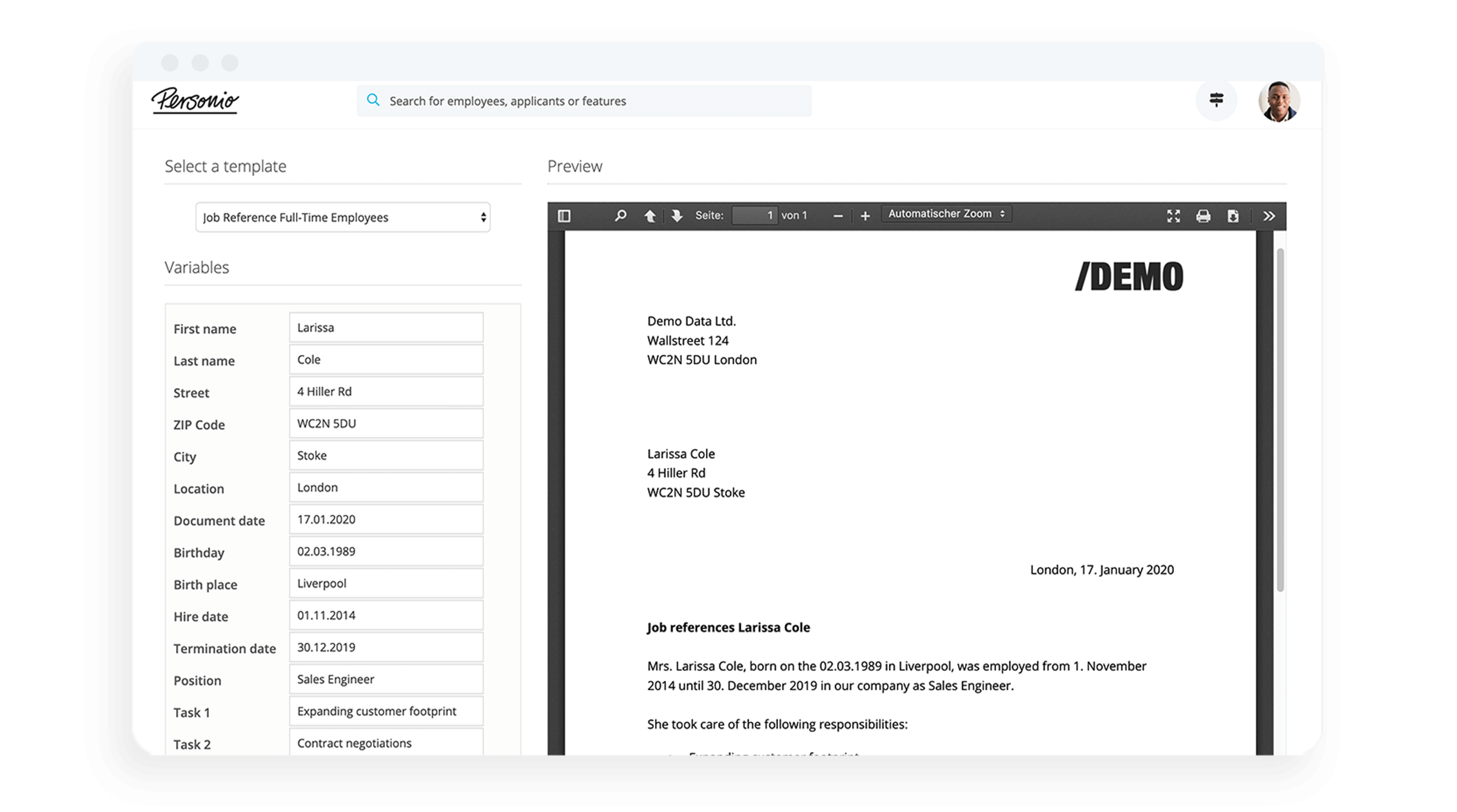Latest Blog Posts
Disciplinary Infraction in the Workplace: Here’s What To Know

Disciplinary infractions need to be handled as quickly and efficiently as possible to maintain workplace safety and uphold team morale. However, before resolving poor conduct issues among your workforce, it’s important to outline what counts as misconduct in your company.
Below is a guide to understanding disciplinary infraction and how to set up disciplinary policies to best respond to internal misconduct.
Key Facts
Disciplinary misconduct refers to violations of company policy or UK law.
Companies have unique disciplinary processes determined by the type of business they are and how their policy detects poor misconduct.
Mishandling a disciplinary issue could affect workplace morale and productivity.
What Is a Disciplinary Infraction?
A disciplinary infraction is when an employee violates workplace rules and consequences arise as a result. Typically, the corrective action will match the severity of the prohibited act or the number of infractions the employee has accumulated.
Administrative punishments tend to vary from business to business, but some of the most common methods to resolve behavioural issues include:
Verbal Warnings | Verbal warnings are typically the first step in the disciplinary process, reserved for first-time offenders or minor offences. |
Written Warnings | Written warnings are an official record outlining the employee’s misconduct and any potential consequences if the behaviour continues. |
Poor Performance Reviews | Many companies regularly conduct performance development reviews for their workforce, and disruptive employees likely receive poor ones. This gives managers a chance to give a more comprehensive breakdown of the misconduct and the disciplinary action that may ensue. |
A Performance Improvement Plan (PIP) | A PIP often follows a performance review, outlining the steps an employee needs to take to be in good standing. It also shows the goals or milestones they need to meet to demonstrate their improvement. |
Demotions or Reduction in Pay | Loss of pay or authority is often reserved for more severe misconduct cases and is an alternative to outright dismissal. However, using demotion as a punishment can be tricky because knowing in which situations it would be appropriate over termination is difficult. |
Termination | This is used for the most severe instances of employee misconduct or as the final straw for workers who don’t improve their behavioural issues after all other options have been exhausted. |
Which Behaviours Justify Disciplinary Action?
Every business has a code of conduct that specifies prohibited acts and consequences for those actions. However, these codes tend to vary depending on the type of business.
For example, an employee at a retail store would be subject to guidelines revolving around how they treat customers. In contrast, a bank’s code of conduct likely includes provisions for handling money.
While there is a large variety in what each company considers punishable misconduct, certain cases should always result in immediate expulsion from work. Typically, that means instances of misconduct that are particularly egregious or go against federal regulations.
These cases include:
Threats of violence
Acts of violence
Sexual harassment
Sexual assault
Unauthorised use of company funds
Theft of workplace property
Exhibiting discrimination against colleagues
Disciplinary Hearing Policies & Templates

Personio offers a library of templates to help HR teams do their work more efficiently. Store disciplinary policies and even emails inviting employees to meetings for a consistent, sustainable process. Learn more by clicking below.
Fast Access To A Host Of TemplatesExample of a Disciplinary Infraction in the Workplace
Below are several examples of workplace misconduct and typical disciplinary measures put in place for those behaviours.
Theft
A wide range of situations can fall under theft. In turn, the appropriate discipline varies as well. For example, an employee caught stealing office supplies or lunches would likely receive a verbal warning or a write-up if it’s a second offence.
However, an employee who embezzled or used company funds for personal expenses would likely be terminated and possibly made to repay the funds by law.
Violence
Violence can refer to causing physical acts of bodily harm and verbal or written threats to cause harm. The most common punishment is dismissal, but each situation will have two sides to the story.
For example, if an employee threatens a colleague to intimidate them, that’s often grounds for termination. But a colleague or customer provoking an employee to attack them is a trickier matter to mediate.
Harassment or Discrimination
Harassment is any verbal or physical behaviour meant to hurt or demean another employee and can often overlap with racial or sex-based discrimination. Eventually, this creates a hostile work environment that negatively impacts workplace morale and productivity.
The punishment for harassment is overseen by UK law, outlining several protected characteristics, such as sex, age, gender and race.
However, the law doesn’t protect employees against standard bullying, so it’s up to the company to decide the appropriate administrative remedy to that situation.
For example, an employee having their work judged more harshly than their colleagues for no apparent reason is a form of harassment, while something like spreading rumours would more likely be considered bullying.
Frequently Asked Questions About Disciplinary Infractions
What Is a Minor Infraction?
A minor infraction refers to misconduct that’s against company policies but doesn’t count as a criminal offence. This includes excessive absences and performance issues.
What Are Examples of Disciplinary Violations?
A disciplinary violation is any behaviour that breaches company policy. These undesirable behaviours include harassment, threats or acts of violence, theft and unauthorised use of company funds.
What Are Typical Disciplinary Actions?
Individual companies tend to handle misconduct in their own unique ways. However, several disciplinary actions tend to be universal:
Verbal warnings
Written warnings
Poor performance reviews
A performance improvement plan (PIP)
Demotions or reduction in pay
Termination
The Importance of Discipline in the Workplace
Having clear codes of conduct to demonstrate what is and isn’t acceptable in the workplace helps mitigate misconduct but won’t stop it completely.
Many employees will adjust after a verbal or written warning, but others will require a meeting with a disciplinary hearing officer (DHO) to eliminate egregious or repeated misconduct.
But knowing what measures to use for specific infractions goes a long way to ensure the disciplinary process goes as smoothly as possible.
Disclaimer
We would like to inform you that the contents of our website (including any legal contributions) are for non-binding informational purposes only and does not in any way constitute legal advice. The content of this information cannot and is not intended to replace individual and binding legal advice from e.g. a lawyer that addresses your specific situation. In this respect, all information provided is without guarantee of correctness, completeness and up-to-dateness.


